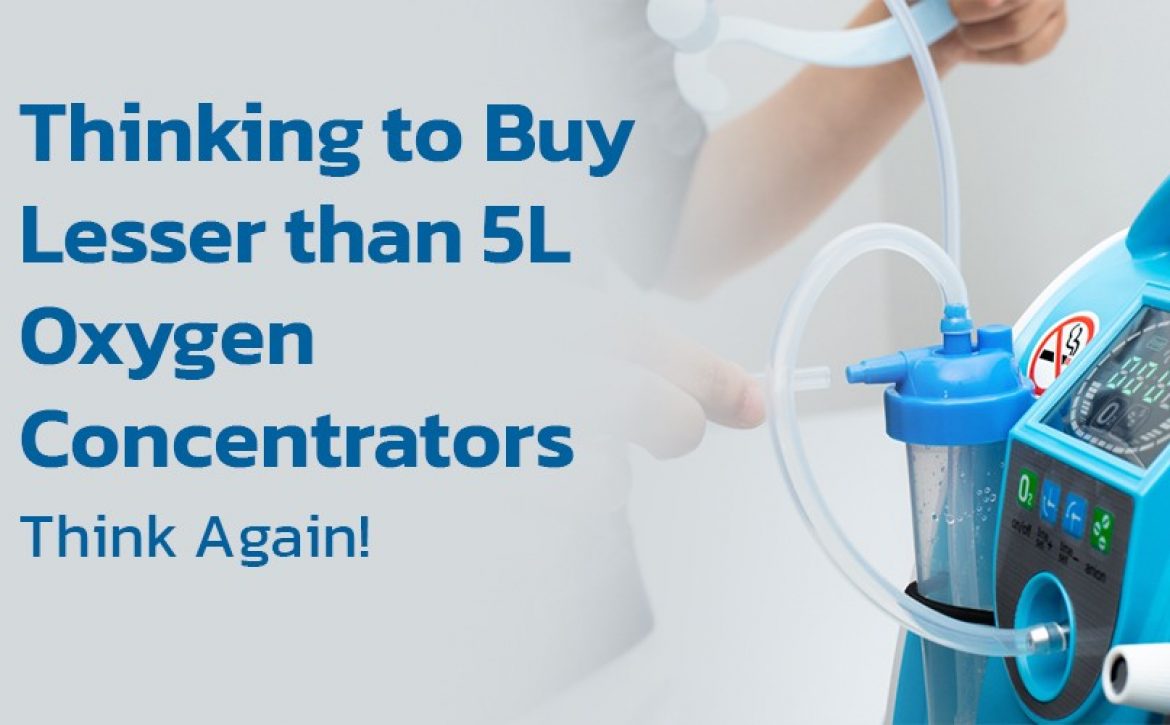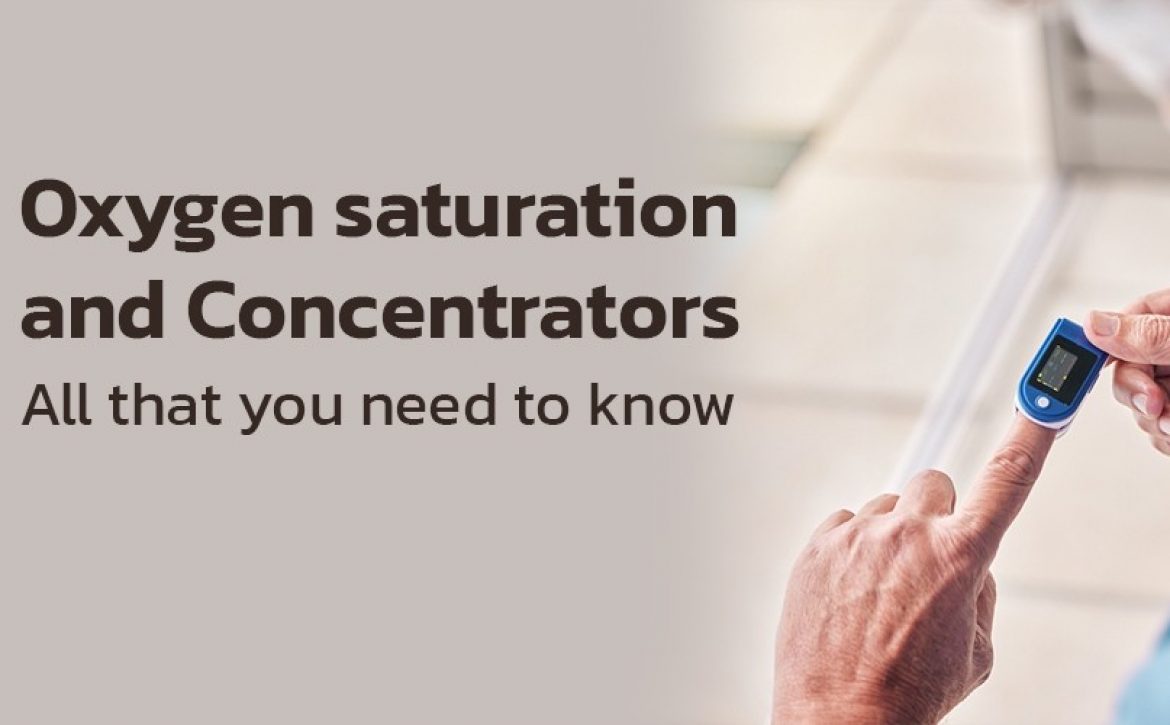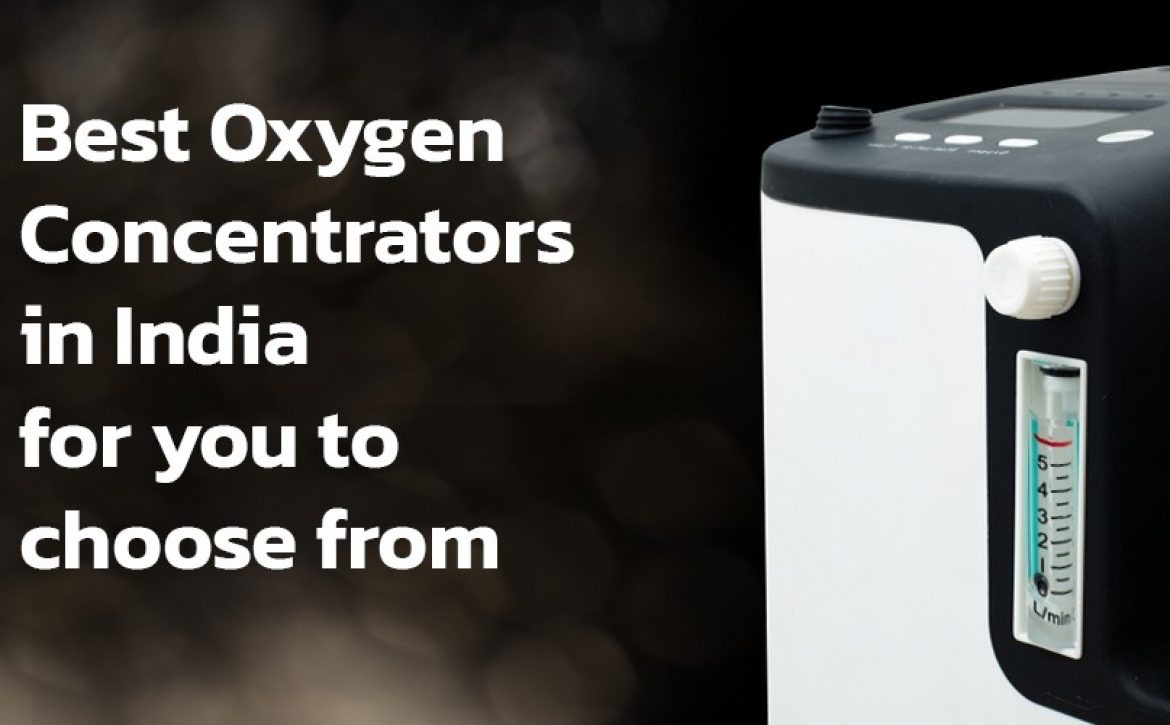Can UVC Kill Black Fungus and COVID?
The disease COVID-19 (Coronavirus Disease 2019) is caused by the novel coronavirus SARS-CoV-2, which was responsible for a viral epidemic that resulted in a catastrophic global pandemic. This virus has wreaked havoc on public health systems and economies all over the world, and many people are wondering if UV light can kill COVID and the Corona Virus-induced Black Fungus. The simple answer is, yes, in suitable conditions along with appropriate UVC germicidal lamps, you can.
UVC Lamps that are Effective in Killing COVID
UV light is a form of ultraviolet (UV) radiation emitted by the sun that has less energy than X-rays and gamma rays but more than visible light and radio waves. UVA, UVB, and UVC are the three large spectrums of natural UV rays emitted by sunlight. Natural sunlight can expose people to UVA and UVB rays, but most UVC natural rays are harmful.
UVC light is reproduced in germicidal UVC lamps, which have been shown to destroy a wide range of viruses and bacteria, including beta coronaviruses. SARS-CoV-2, like MERS (Middle East Respiratory Syndrome) and SARS, belongs to the beta coronavirus family (Severe Acute Respiratory Syndrome). MERS and SARS have been shown to be eradicated by UVC light, and recent studies have shown that UVC lamps are also successful in destroying the SARS-CoV-2 virus that causes COVID-19.
Is COVID killed by UV light in liquid?
UV light is a powerful disinfectant and sterilizer that has been demonstrated to destroy viruses in water, on surfaces, and in the air. By destroying the nucleic acids of cells, UVC light effectively inactivates bacteria and viruses, rendering them unable to replicate. A non-replicating inactivated cell is considered harmless and incapable of spreading disease.
UVC light has been shown to be effective at destroying the SARS-CoV-2 virus that causes COVID-19 in liquid cultures, according to a recent study published in the American Journal of Infection Control (AJIC). UVC lamps are used in UV water disinfection applications such as wastewater treatment plants, aquaculture, pool and spa sterilization, and a variety of other applications.
Is UV Light Effective in Killing Covid on Surfaces?
UVC germicidal lamps have also been shown to be highly efficient at destroying SARS-CoV-2 on surfaces, with AJIC tests showing a 99.7% effective rate on laboratory surfaces. To achieve such a high efficacy rate for disinfecting surfaces, they must be clean and exposed directly. As a result, many hospitals and medical facilities have incorporated UVC light disinfection into their daily cleaning routines, using UVC robots and UVC lamps strategically placed in air and surface sterilization systems.
UVC lamps that emit light in the UVC range are the most effective at killing viruses and bacteria, whereas regular germicidal lamps that emit light at 254 nm are the least effective. Although this wavelength has been shown to be highly efficient, it can be harmful to human skin and eyes. As a result, certain germicidal lamps are designed to emit wavelengths between 207 and 222 nm, also known as Far-UVC light. Far-UVC light is also good at destroying germs and viruses while also being less harmful to the skin and eyes than other UVC lamps.
Is COVID killed by UV light in the air?
According to many scientists, one of the most common modes of transmission of the SARS-CoV-2 virus is through airborne particles, so sterilizing and disinfecting the air in enclosed spaces can help to prevent people from contracting the disease. UVC lamps in HVAC systems are an important way to sterilize the air and are used in a variety of commercial, manufacturing, and residential settings.
UVC light is effective at destroying airborne human coronaviruses, including those that cause the common cold and the SARS-CoV-2 virus, according to a recent study published in Scientific Reports.
UV light can be used to destroy the SARS-CoV-2 virus that causes COVID-19 in liquid, on surfaces, and in the air, based on what we know about ultraviolet light, specifically UV light emitted in the UVC range. Far-UVC light may be a good option for some disinfection applications because it poses fewer health risks to humans.
Quality UVC Lamps have been shown to kill Viruses, including COVID and Black Fungus
Servotech is known all around as a leading supplier of high-quality germicidal UVC lamps. Our UV disinfectant lamps can be used in a variety of applications for water, air, and surface sterilization all over the world.
Our engineers have extensive professional knowledge of UV radiation and lamp design, as well as a dedication to continuous improvement through R&D. We provide rapid prototype creation, custom engineering to meet your precise and special specifications, and proprietary solutions to help you raise brand awareness.
Read also: What to Look for When Comparing UV Sterilization Devices










